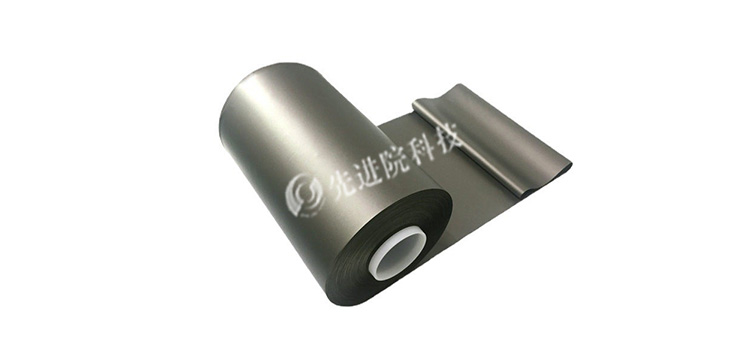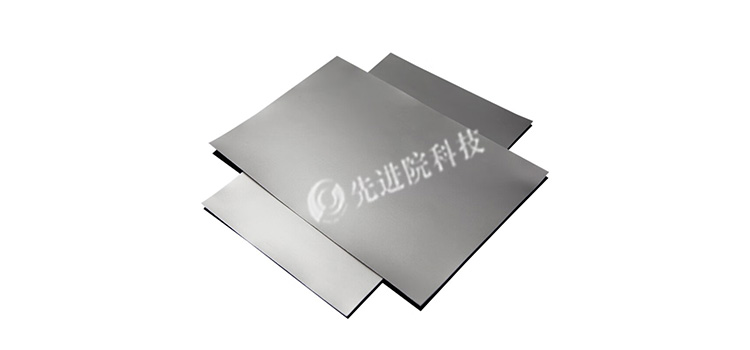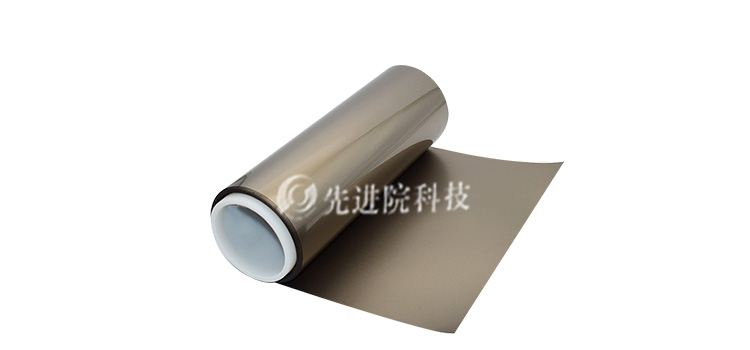1、 Introduction
In today's highly information-based era, the widespread use of electronic devices has made the electromagnetic environment increasingly complex, and the demand for absorbing materials has become more urgent. Thin film absorbing materials have become a research hotspot in many fields due to their unique advantages, such as being lightweight and easy to integrate. However, in order to meet the diverse needs of different application scenarios such as wearable devices, flexible electronic devices, aerospace, etc., optimizing their flexibility has become a key issue. Advanced Institute (Shenzhen) Technology Co., Ltd
Research Platinum Brand Thin Film Absorbing MaterialsDuring the research and development process, various methods and strategies for optimizing flexibility were thoroughly explored.
2、 Factors affecting the flexibility of thin film absorbing materials
(1) Material composition
- Matrix material: Traditional rigid matrices often limit the flexibility of thin films. For example, someCeramic based absorbing materialsAlthough it has good absorption performance, the brittleness of ceramics makes it difficult for the film to bend and fold. Polymer based materials have good flexibility potential, such as polyimide (PI), polyvinyl alcohol (PVA), etc. The flexibility and mobility of their molecular chains have a significant impact on the flexibility of thin films.
- Absorbent: The type, particle size, shape, and content of the absorber can also affect the flexibility of the film. Larger and rigid absorber particles may hinder the deformation of the matrix material and reduce its flexibility; Nano sized and surface modified absorbers, such as nanoferrites and carbon nanotubes, can synergistically interact with the substrate to improve flexibility while maintaining absorption performance.

(2) Preparation process
- Solution method: Factors such as solution concentration, solvent selection, and drying rate during film formation are crucial. High concentration solutions may cause uneven film thickness, and drying too quickly can easily generate internal stress, thereby reducing flexibility. For example, using solvents with high volatility can cause the film to rapidly shrink during drying, resulting in uneven stress distribution and making the film brittle.
- Physical vapor deposition (PVD) and chemical vapor deposition (CVD): Parameters such as deposition rate, temperature, and atmosphere can affect the microstructure and crystal orientation of the film, thereby affecting its flexibility. Inappropriate deposition conditions may lead to uneven film growth, generate significant internal stress, and reduce its flexibility.
(3) Post processing technology
- Annealing treatment: Improper selection of annealing temperature and time may lead to excessive cross-linking or high crystallinity of the molecular chains of the matrix material, causing the film to become hard and brittle. For example, excessively high annealing temperatures can cause the flexible segments of the polymer matrix to lose their mobility, thereby reducing flexibility.
- Mechanical processing: such as stretching, rolling and other mechanical processing methods. If the process parameters are not reasonable, defects or uneven stress may be introduced inside the film, which has a negative impact on flexibility.
3、 Optimization Strategy of Advanced Institute (Shenzhen) Technology Co., Ltd
(1) Material Innovation
- Matrix selection and modification:Advanced Institute (Shenzhen) Technology Co., LtdA new type of flexible polymer matrix was selected and modified through molecular design. Introducing more flexible groups, such as ether bonds, silicon oxygen bonds, etc., into the polymer molecular chain increases the flexibility and rotational freedom of the molecular chain, thereby significantly improving the initial flexibility of the research platinum brand thin film absorbing material.
- Composite absorbing agent system: A composite absorbing agent composed of nano ferrite and graphene is used. Nano ferrite provides excellent magnetic loss performance, while graphene has excellent conductivity and flexibility. By using a reasonable composite process, the absorbing agent is uniformly dispersed in the matrix, which not only ensures the absorbing performance, but also enhances the overall flexibility of the material by utilizing the flexibility of graphene.

(2) Process improvement
- Solution optimization: Accurately control the concentration of the solution, select a mixed solvent with moderate volatility and good solubility for the substrate and absorber. During the film formation process, a slow gradient heating drying method is used to evenly evaporate the solvent, reduce the generation of internal stress, and thus obtain a thin film with good flexibility.
- Optimization of deposition process: For PVD and CVD processes, by optimizing deposition parameters such as reducing deposition rate, adjusting deposition temperature and atmosphere, the film growth is more uniform, crystal orientation is more reasonable, internal stress is reduced, and flexibility is improved.
(3) Post processing optimization
- Precision Annealing: Adopting a low-temperature and long-term annealing strategy, combined with real-time monitoring of changes in the physical properties of the film, to find the optimal annealing conditions. This can not only form a good interface bonding between the matrix material and the absorber, but also avoid excessive crosslinking and crystallization, and maintain the flexibility of the film.
- Mild mechanical processing: In the process of mechanical processing, low stress rolling and slow stretching techniques are used, combined with online monitoring of the stress-strain situation of the film, to adjust process parameters in a timely manner, ensuring that the film performance is improved without damaging its flexibility.
4、 Application scenario expansion and verification
(1) Wearable device field
Optimized
Research Platinum Brand Thin Film Absorbing MaterialsSuccessfully applied in smart bracelets. Due to its excellent flexibility, it can tightly fit the electronic components inside the wristband, effectively absorb electromagnetic radiation, while not affecting the comfort and appearance design of the wristband. In practical use, after multiple bending and stretching tests, the film has stable absorption performance and excellent flexibility, providing a reliable solution for electromagnetic protection of wearable devices.

(2) In the field of flexible electronic devices
In flexible circuit boards (FPC), this thin film type absorbing material serves as an electromagnetic shielding layer, which can maintain intact and good absorbing performance during the bending and folding process of FPC. Through comparative testing with traditional absorbing materials, it was found that the products of Advanced Institute (Shenzhen) Technology Co., Ltd. have significant advantages in flexibility and absorbing efficiency, which can meet the working requirements of flexible electronic devices in complex electromagnetic environments and improve the reliability and stability of the equipment.
5、 Conclusion and Prospect
Through comprehensive optimization of material composition, preparation process, and post-treatment process, Advanced Institute (Shenzhen) Technology Co., Ltd. has successfully improved its performance
Research Platinum Brand Thin Film Absorbing MaterialsIts flexibility enables it to adapt to various application scenarios. However, with the continuous advancement of technology, the performance requirements for thin-film absorbing materials will continue to increase. In the future, we will continue to explore new material systems and preparation technologies, further optimize flexibility and other performance indicators, provide higher quality and efficient absorbing material solutions for the development of electronic information, aerospace and other fields, and promote innovation and upgrading of related industries.
The above data is for reference only, and specific performance may vary due to production processes and product specifications.





